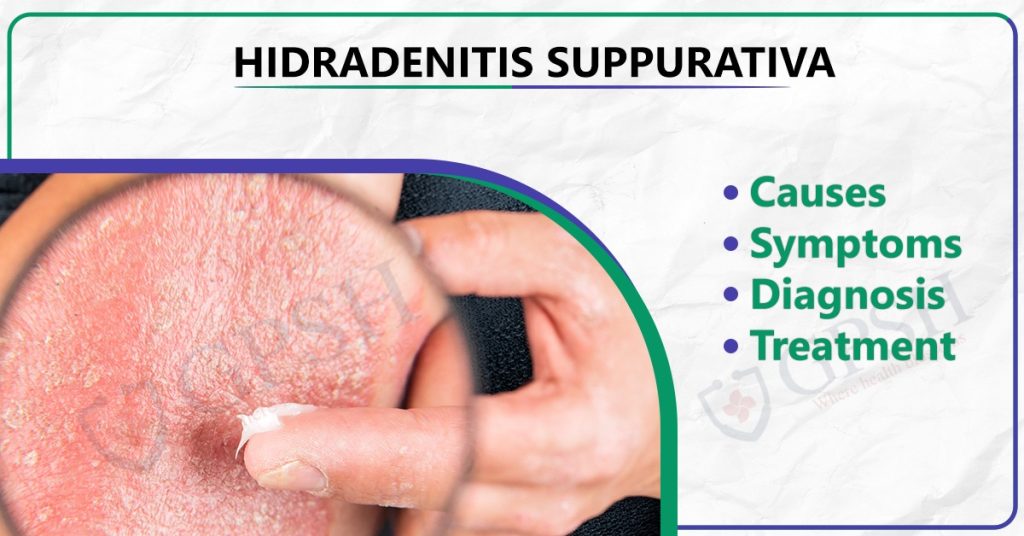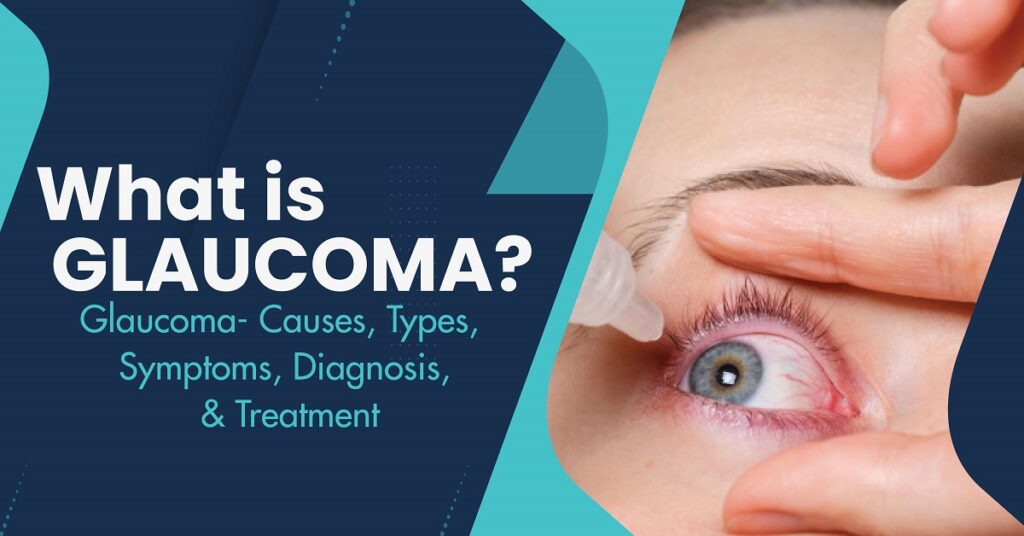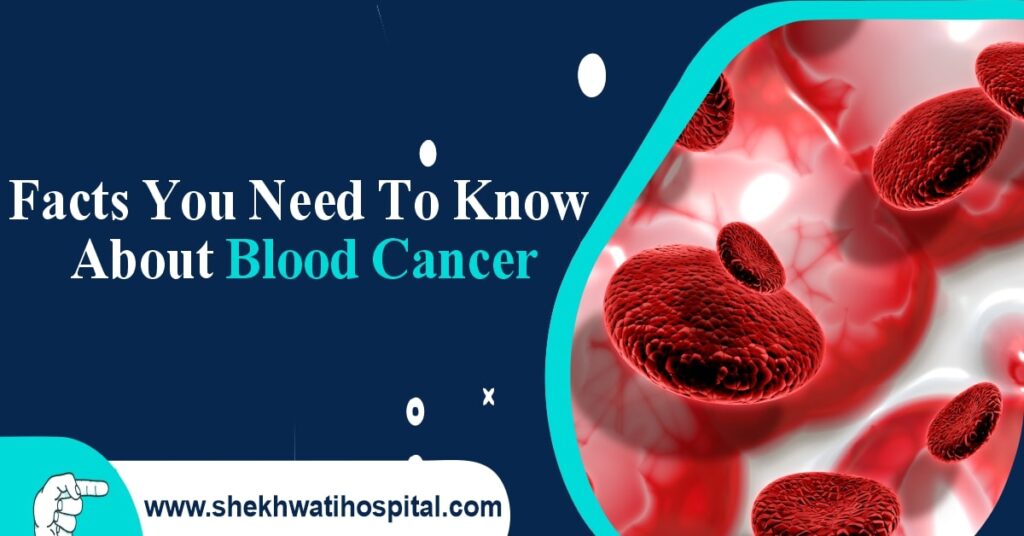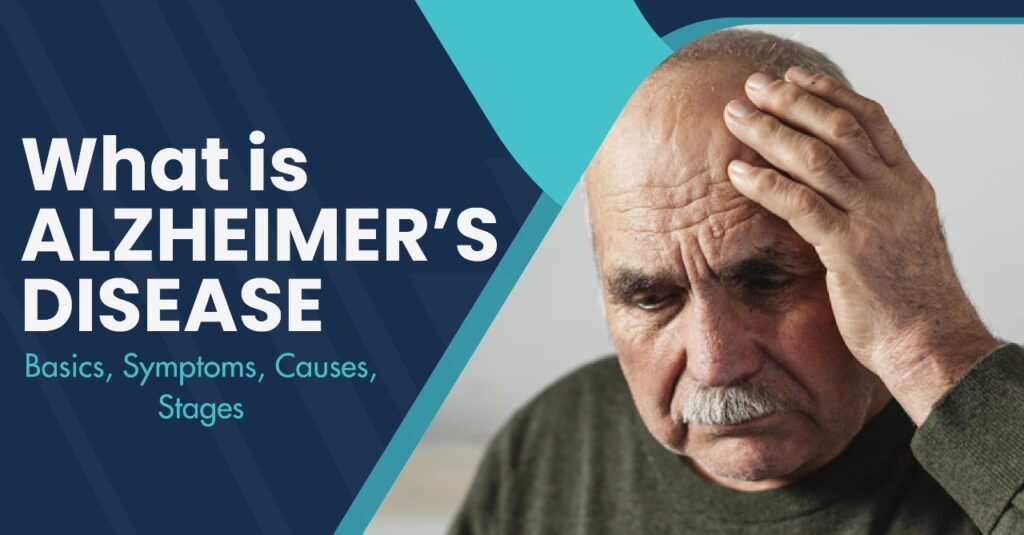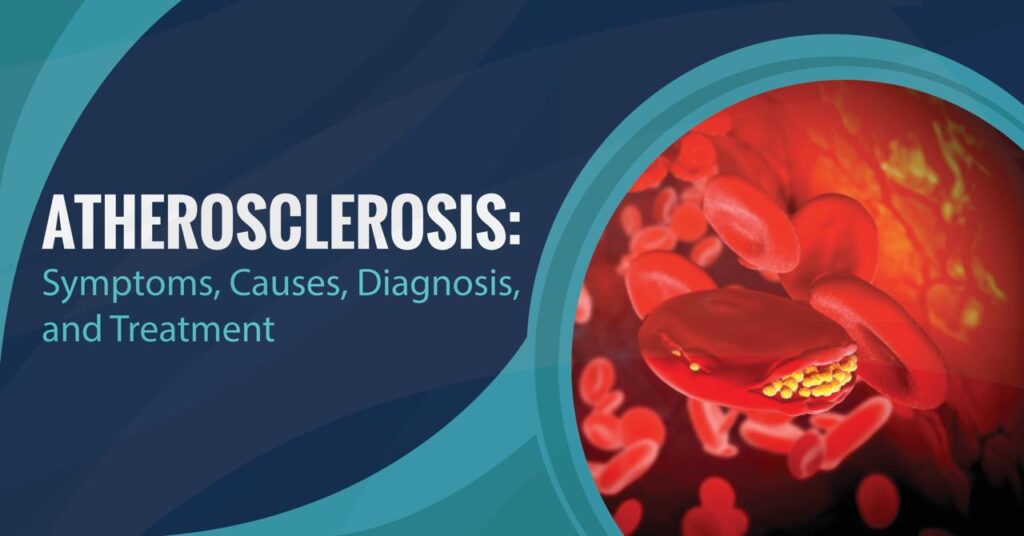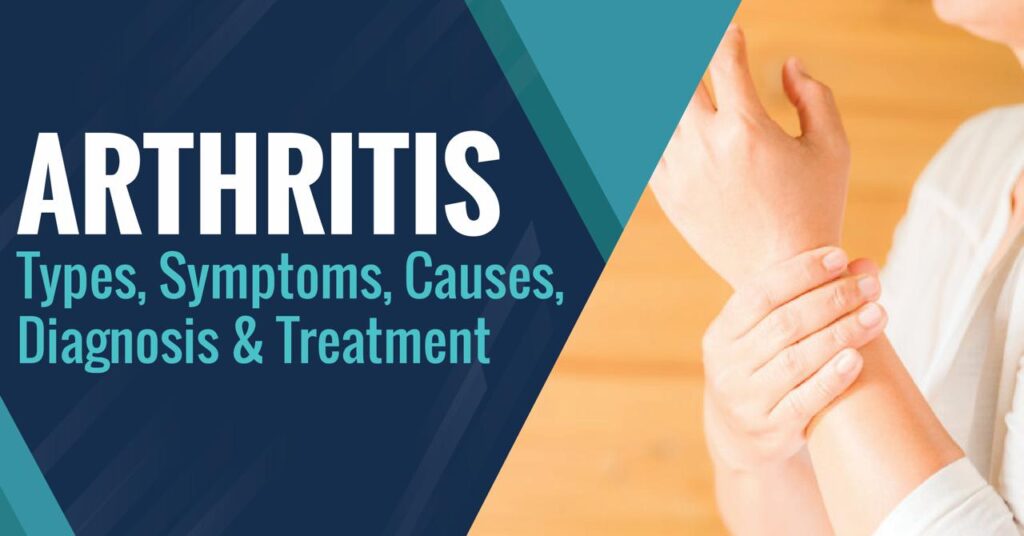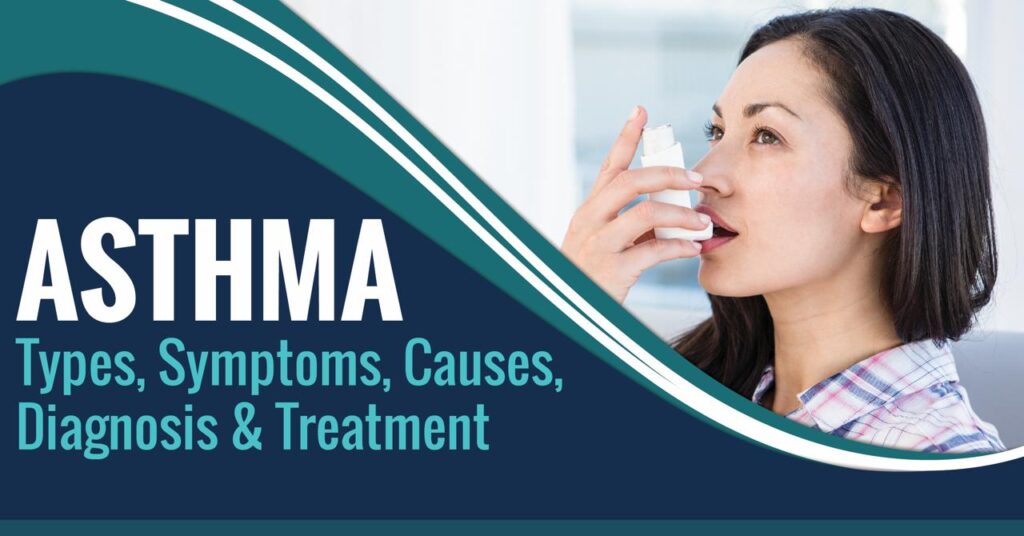What is Hidradenitis Suppurativa?
Hidradenitis suppurativa (HS), also known as acne inversa, is a chronic and recurring inflammatory skin condition. It primarily affects areas of the body with apocrine sweat glands, such as the armpits, groin, buttocks, and under the breasts.
HS is characterized by the formation of painful, deep-seated nodules or abscesses in these areas. These nodules can enlarge, rupture, and lead to the development of sinus tracts or tunnels beneath the skin, which often produce a foul-smelling discharge. The affected areas may be tender, red, and swollen, and may cause significant discomfort and pain.
The exact cause of HS is not fully understood, but it is believed to involve a combination of genetic and environmental factors. It is thought to arise from the blockage of hair follicles, which leads to the accumulation of bacteria and inflammation.
HS typically begins after puberty and tends to persist for many years, often causing a significant impact on the quality of life of affected individuals. The condition can be associated with other health issues, such as obesity, smoking, hormonal imbalances, and autoimmune disorders.
Causes of Hidradenitis Suppurativa
The exact cause of hidradenitis suppurativa (HS) is not fully understood, but it is believed to involve a combination of genetic, hormonal, and environmental factors. Here are some factors that may contribute to the development of HS:
1. Genetic Factors: There appears to be a genetic predisposition to HS, as it tends to run in families. Certain genetic variations may affect the functioning of the immune system and increase the likelihood of developing the condition.
2. Hormonal Factors: HS often starts or worsens after puberty when hormonal changes occur. It is more common in women and may be influenced by hormonal imbalances. Androgens (male hormones) play a role in HS, as the condition tends to improve during pregnancy when androgen levels are lower.
3. Blockage of Hair Follicles: The primary event in HS is believed to be the blockage of hair follicles. This blockage can occur due to a combination of factors, including dead skin cells, excess oil production, and bacteria. The blocked follicles then lead to inflammation and the formation of nodules, abscesses, and sinus tracts.
4. Abnormal Immune Response: HS is considered to involve an abnormal immune response in which the immune system overreacts to the blockage of hair follicles. This immune response leads to chronic inflammation and the formation of abscesses and sinus tracts.
5. Bacterial Infection: Bacterial colonization or infection may contribute to the development and progression of HS. The bacteria Propionibacterium acnes and Staphylococcus aureus are commonly found in the affected areas, and they may trigger an inflammatory response.
6. Environmental Factors: Certain environmental factors can worsen or trigger HS symptoms. These may include excessive sweating, friction from tight clothing, heat and humidity, smoking, and exposure to certain chemicals or irritants.
You Can Also Read:- Aspergillosis: Types, Causes, Symptoms, Diagnosis & Treatment
Symptoms of Hidradenitis Suppurativa
Hidradenitis suppurativa (HS) is characterized by a range of symptoms that can vary in severity from person to person. The most common symptoms of HS include:
1. Painful Nodules or Abscesses: HS typically begins with the formation of painful, pea-sized nodules under the skin. These nodules can enlarge over time and develop into abscesses or boils. The affected areas may be tender, swollen, and inflamed.
2. Recurrent Abscesses: HS is characterized by recurrent episodes of abscess formation. These abscesses can be deep-seated and filled with pus. They can be accompanied by significant pain and discomfort.
3. Sinus Tracts and Scarring: Over time, HS may lead to the formation of sinus tracts or tunnels beneath the skin. These tracts can connect the abscesses, creating a network of passages. The sinus tracts often produce a foul-smelling discharge. The healing process can result in the formation of scars, which can be extensive in severe cases.
4. Inflammation and Redness: The affected areas of the skin may appear red, inflamed, and swollen. Inflammation is a key component of HS and contributes to the formation of nodules, abscesses, and sinus tracts.
5. Pain and Discomfort: HS can cause significant pain, especially when the abscesses are inflamed or when pressure is applied to the affected areas. The pain can interfere with daily activities and reduce the quality of life.
6. Draining and Foul-Smelling Discharge: The sinus tracts in HS often produce a thick, foul-smelling discharge. This discharge may stain clothing and contribute to the psychological distress associated with the condition.
7. Scarring and Skin Changes: As HS progresses, it can lead to the formation of scars in the affected areas. These scars can be raised, thickened, and may impact the mobility of nearby joints.
Diagnosis of Hidradenitis Suppurativa
Diagnosing hidradenitis suppurativa (HS) can be challenging as it shares symptoms with other skin conditions. A healthcare professional, typically a dermatologist, will evaluate your symptoms, and medical history, and conduct a physical examination to make an accurate diagnosis. Here are the key aspects of diagnosing HS:
1. Medical History: The doctor will ask you about your symptoms, their duration, and any previous treatments or interventions. They may inquire about your family history of HS or similar skin conditions.
2. Physical Examination: The dermatologist will examine the affected areas of your skin, looking for characteristic signs of HS, such as nodules, abscesses, sinus tracts, scarring, and inflammation. They may use a scale, such as the Hurley staging system, to assess the severity of the condition.
3. Assessment of Symptoms: The doctor will evaluate the location, frequency, and duration of your symptoms, including pain, tenderness, drainage, and foul odor. This assessment helps differentiate HS from other conditions that may present similarly.
4. Rule Out Other Conditions: Since HS symptoms overlap with other skin conditions, the doctor may need to rule out other possibilities. This may involve considering conditions like folliculitis, acne, cellulitis, or pilonidal cysts.
It’s important to note that there is no definitive diagnostic test for HS, and the diagnosis is primarily based on clinical evaluation. In certain complex cases or when there is uncertainty, the dermatologist may refer you to a specialist experienced in managing HS, such as a dermatologic surgeon or a wound care specialist. Early diagnosis and intervention are crucial in HS management, as they can help prevent complications and improve treatment outcomes.
You Can Also Read:- When to Take Creatine? Best Time to take Creatine
When to see a Doctor?
If you suspect you may have hidradenitis suppurativa (HS), it is advisable to see a doctor, preferably a dermatologist, for evaluation and diagnosis. Here are some specific situations in which you should seek medical attention:
1. Persistent Symptoms: If you have recurring symptoms in areas such as the armpits, groin, buttocks, or under the breasts, including painful nodules, abscesses, or draining sinus tracts, it’s important to see a doctor. HS symptoms typically persist and worsen over time, so early intervention can help manage the condition effectively.
2. Pain and Discomfort: If the symptoms of HS are causing significant pain, discomfort, or limiting your ability to perform daily activities, it is recommended to seek medical attention. Pain management strategies and treatment options can be discussed with a healthcare professional.
3. Infection or Abscess: If you develop signs of infection, such as increased redness, warmth, swelling, tenderness, or the presence of pus in the affected areas, it is crucial to see a doctor promptly. Abscesses may require incision and drainage, and appropriate antibiotic treatment may be necessary.
4. Impact on Quality of Life: If HS is significantly affecting your quality of life, causing emotional distress, or impacting your self-esteem and confidence, it is important to discuss these concerns with a healthcare professional. They can provide guidance, support, and treatment options to help manage the condition and its impact on your well-being.
5. Suspected HS Complications: In some cases, HS can lead to complications such as extensive scarring, deep tissue involvement, or the development of sinus tracts that are difficult to manage. If you suspect such complications or experience new symptoms, it is essential to consult a doctor
Treatment of Hidradenitis Suppurativa
The treatment of hidradenitis suppurative (HS) aims to control symptoms, reduce inflammation, prevent flare-ups, promote healing, and improve the quality of life for individuals affected by the condition. The treatment approach can vary depending on the severity of HS and the individual’s specific needs. Here are some common treatment options:
1. Medications:
● Antibiotics: Antibiotics, such as tetracycline, clindamycin, or rifampicin, may be prescribed to control infection, reduce inflammation, and suppress bacterial growth. They can be used in both topical and oral forms.
● Anti-inflammatory Medications: Nonsteroidal anti-inflammatory drugs (NSAIDs), such as ibuprofen, may help reduce pain and inflammation associated with HS.
● Hormonal Treatments: Hormonal therapy, such as oral contraceptives (birth control pills) or antiandrogen medications (e.g., spironolactone), may be used to help regulate hormones and reduce the severity of HS symptoms, particularly in women.
● Biologic Therapies: Biologic drugs, such as tumor necrosis factor-alpha (TNF-alpha) inhibitors (e.g., adalimumab) or interleukin inhibitors (e.g., ustekinumab), may be prescribed for moderate to severe HS that has not responded to other treatments. These medications target specific components of the immune system involved in HS inflammation.
2. Surgical and Procedural Interventions:
● Incision and Drainage: In the case of abscesses or fluid-filled lesions, incision and drainage may be necessary to relieve pain, remove pus, and promote healing.
● Surgical Excision: In more severe cases or when conservative treatments fail, surgical excision may be considered. This involves removing the affected tissue, including abscesses, sinus tracts, and scar tissue. Skin grafts or wound closure techniques may be used to promote healing.
● Laser and Light Therapies: Certain laser and light-based treatments, such as carbon dioxide laser or intense pulsed light (IPL), may help reduce inflammation, destroy hair follicles, and improve the appearance of scars.
3. Wound Care and Symptom Management:
● Warm Compresses: Applying warm compresses to the affected areas can help alleviate pain, reduce inflammation, and encourage drainage.
● Topical Treatments: Topical treatments, such as topical antibiotics, corticosteroids, or retinoids, may be used to manage symptoms and prevent infection.
● Dressings and Wound Care: Proper wound care, including the use of appropriate dressings and bandages, can help promote healing, manage drainage, and protect the affected skin.
4. Lifestyle Modifications:
● Good Hygiene: Maintaining good personal hygiene, including regular cleansing of the affected areas, can help reduce bacterial colonization and prevent infection.
● Weight Management: Achieving and maintaining a healthy weight may help reduce friction and irritation in the affected areas.
● Smoking Cessation: Quitting smoking can improve HS symptoms and overall skin health.
● Avoidance of Triggers: Identifying and avoiding potential triggers, such as tight clothing, excessive sweating, or specific dietary factors, may help prevent flare-ups.
It’s important to note that the treatment of HS is often individualized, and what works for one person may not work for another. A dermatologist or a healthcare professional experienced in managing HS can evaluate your specific situation and create a personalized treatment plan. Regular follow-up appointments are typically recommended to monitor progress and adjust treatment as needed.
Summary
Hidradenitis suppurativa (HS) is a chronic skin condition characterized by painful nodules, abscesses, and sinus tracts primarily in areas with apocrine sweat glands. While there is no cure for HS, various treatment options are available to manage symptoms and improve quality of life.
Treatment approaches for HS include medications, surgical and procedural interventions, wound care, and lifestyle modifications. Antibiotics are often prescribed to control infection and reduce inflammation, while anti-inflammatory medications and hormonal therapies may also be used. In more severe cases, surgical excision or procedures like incision and drainage may be necessary. Laser and light therapies can help reduce inflammation and improve scarring.
Proper wound care, including warm compresses and topical treatments, is essential. Lifestyle modifications such as good hygiene, weight management, and avoiding triggers like tight clothing and excessive sweating can also help.
It’s important to seek medical attention if you experience persistent symptoms, pain, infection, or a significant impact on your quality of life. A dermatologist or healthcare professional experienced in HS can provide an accurate diagnosis and create an individualized treatment plan. Regular follow-up appointments are important for monitoring progress and adjusting treatment as needed.


